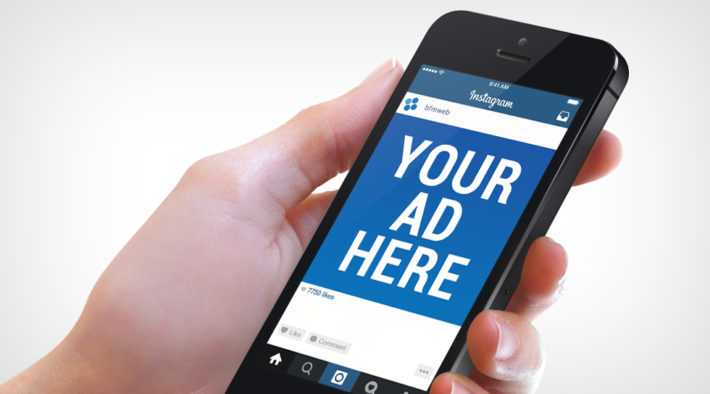
A year ago, Instagram launched its direct-response advertising business with the cooperation of its parent company, Facebook. This type of advertising was launched to attract marketers who intend not just to place their ads on social media but to encourage their users to act on these ads, click on them, install an app or visit the product site and purchase something. But so far, Instagram’s ad business was not a hit yet.
Instagram’s direct-response ads did not click yet to advertisers for four main reasons pointed out by several agency execs. First, its hard to convince marketers to try something new. Second reason is due to perception problems by the look-heavy, link-light app. Third is the need to bridge mobile and desktop gap usability and lastly, the competition with Facebook, who is the big boy in the business.
To date, Facebook is generating 10 times more ad clicks to brand’s sites than Instagram. Jeanne Bright, VP and Group Director for paid social at DigitasLBi explained that Facebook is outperforming Instagram to such a degree that it would be difficult to rationalize, like if you had $1, you’d put that dollar in Facebook.
Clients who have bought Instagram’s direct-response ads increase from 31% in October 2015 to 54% in April 2016 but most advertisers are still probing Instagram comparing it to Facebook’s results, according to Nanigans, an automated ad-buying firm that services primarily direct-response advertisers.
While Instagram is successful in its mobile app downloads, it still has work to do it terms of selling its artsy image to general brand campaigns. In June 2016, a call-to-action button was designed by Instagram where people would be more likely to notice and perhaps click on it. However, direct-response marketers still find it difficult to see significant business results. About 60% of Instagram users have been found to learn about advertised products and services and 75% are doing something after seeing the post according to a survey conducted by Instagram last November 2015. However, it is not clear yet if the said user action is immediate and done through the use of the app.
Agency executives agree that advertisers recognize that last-click attribution isn’t the perfect way to do it, but they possibly haven’t either fully implemented or developed or chosen what the right model is going to be for them and that definitely plays a role in how brands evaluate [Instagram] and think about it.
